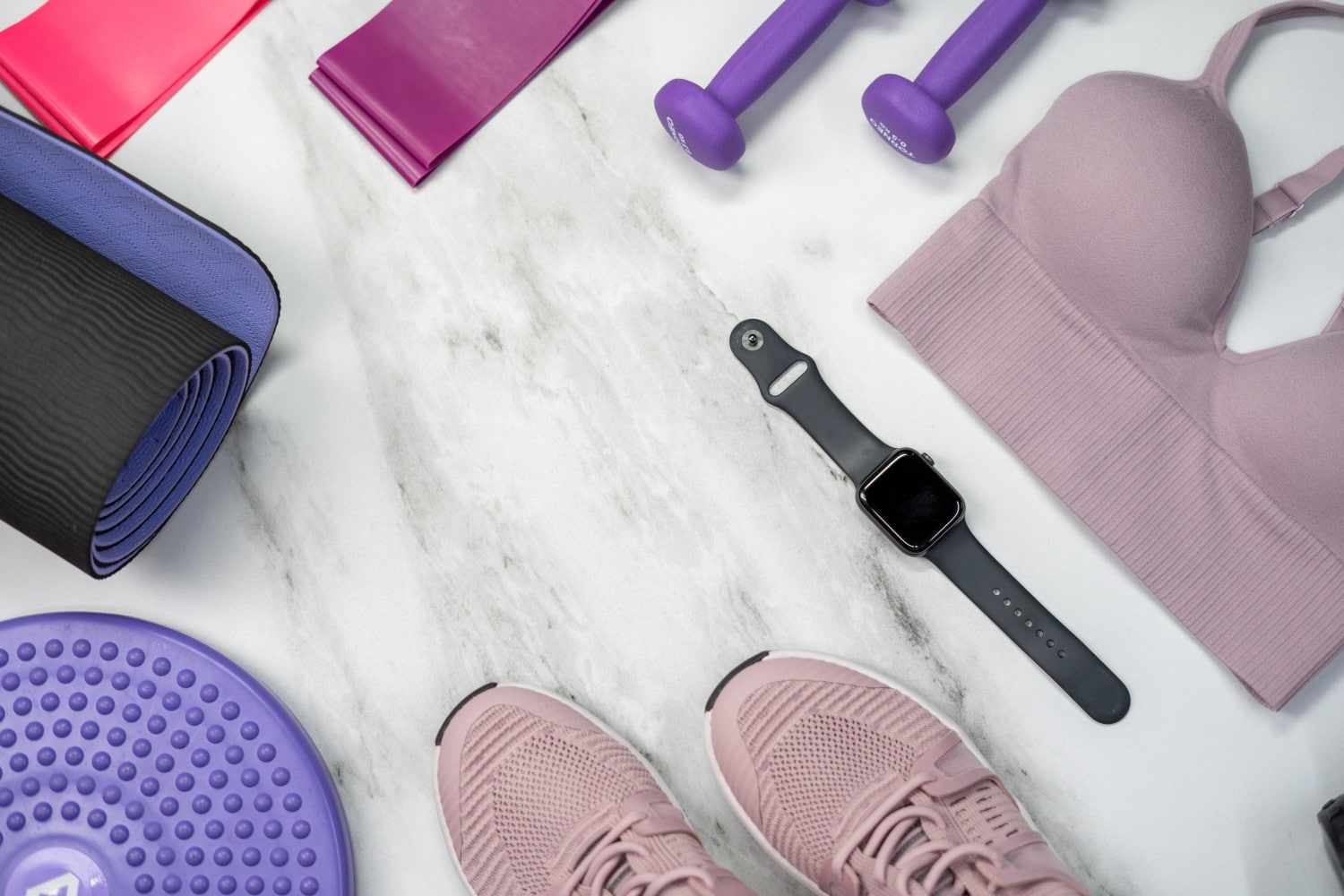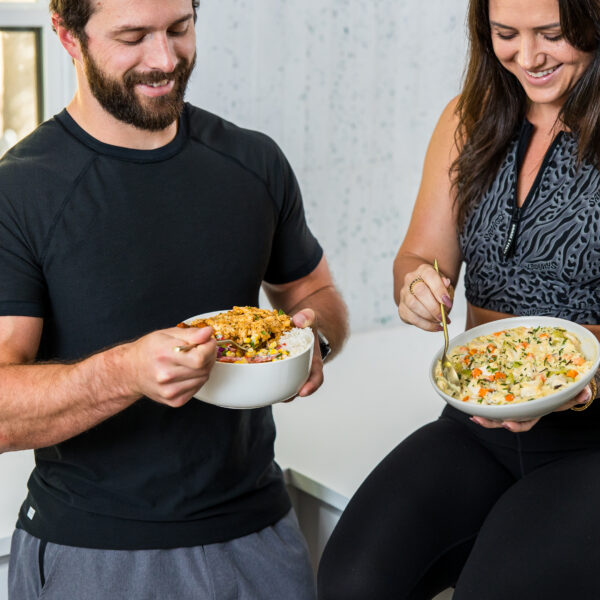Whether you’re kickstarting your exercise regimen or simply maintaining your health goals, it’s important to understand the different levels of exercise. Staying active has a ton of great benefits, but jumping into a workout that you aren’t ready for could actually set you back. Don’t worry – we’ll break down the different levels of exercise to help you crush your fitness goals like never before.
Exercise benefits
Exercise has many benefits that will improve your overall health and even reduce the risk of various cancers and illnesses. Some of the main benefits include:
- Improve bone health
- Maintain a healthy body weight
- Reduce the risk of stroke, depression, heart disease, diabetes, and more
- Improve cardiorespiratory fitness
- Lowers high blood pressure
- Reduce the level of stress hormones
Aerobic vs. strength training
There are two main types of training: aerobic or strength.
Aerobic: Activities that get your heart rate up, such as brisk walking, swimming, or running.
Strength: Exercises that involve weight and work for your major muscle groups, like sit-ups, rock climbing, or using free weights.
Different levels of exercise
From here, we have three different levels of exercise intensity: light, moderate or vigorous. Typically, the levels of exercise are measured in metabolic equivalents or METs. Light exercise requires <3 METs, moderate runs between 3 – 6 METs, and vigorous clocks in at >6 METs.
Light Exercise
Light exercise is the least vigorous of the levels. These types of activities are better than sitting but don’t really get your heart rate moving much and aren’t great for weight loss or improving your overall health. These types of light exercises are ideal if you’re just getting back into exercise. The good news is that you are likely already doing some light exercise regularly, such as:
- Sitting using computer
- Cooking, washing dishes
- Playing instruments
Moderate Exercise
Moderate exercise is a level-up and feels somewhat difficult. You shouldn’t be out of breath from these exercises, but your breathing will definitely get heavier. After about ten minutes of moderate exercise, you’ll start sweating lightly. This is when you start to burn more calories. Once you feel comfortable completing all of these types of exercise without overexerting yourself, try leveling up to some vigorous exercises. What are some moderate-intensity exercises?
- Brisk walking
- Heavy cleaning i.e. mopping
- Light biking
- Mowing the lawn
Vigorous Exercise
When you reach vigorous intensity, your heart rate will start to increase quite a bit, and the exercise will feel more challenging. Your breathing will start to feel deep and rapid, and you’ll start to develop a sweat after a few minutes of activity. These exercises, both aerobic and strength training ones, are great for people who are experienced in fitness. What is considered intense exercise?
- Hiking
- Jogging
- Running
- Sports like basketball, tennis or soccer
- Shoveling
- Fast biking
Putting the levels into practice
Now that you have an idea of what workouts to do when, how is it broken down by age group?
Youth activity guidelines
Ages 5-17 years should get an average of 60 minutes a day of moderate-to-vigorous aerobic physical activity, as well as incorporating vigorous-intensity aerobic exercises at least 3 days per week
Adults activity guidelines
Ages 18-64 should do at least 150–300 minutes of moderate-intensity aerobic physical activity or at least 75–150 minutes of vigorous-intensity aerobic physical activity (or an equivalent combination of moderate- and vigorous-intensity activity) each week
Seniors activity guidelines
Ages 65+ should follow the same guidelines as adults, but should also incorporate some physical activity that emphasizes balance and strength training
All ages should try to limit the amount of time they spend sedentary, particularly reducing screen time
Staying active is living active
Overall, an active lifestyle is a healthy lifestyle. Be sure not to overexert yourself, and only go to the next level of exercise when you feel ready! Even if you don’t have access to a gym, there are great workouts that you can do from home while staying socially distanced.
While exercise is a great way to stay healthy, a balanced diet is another important factor. Here at Snap Kitchen, we’ve got chef-prepared, nutritious, and delicious meals that are ready to heat-and-eat in a snap.





Leave a Reply
No Comments